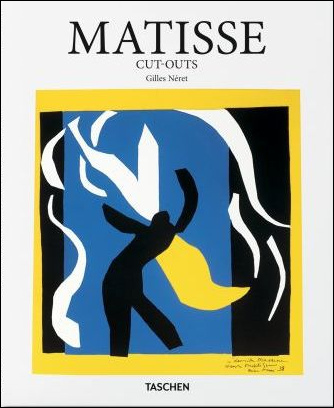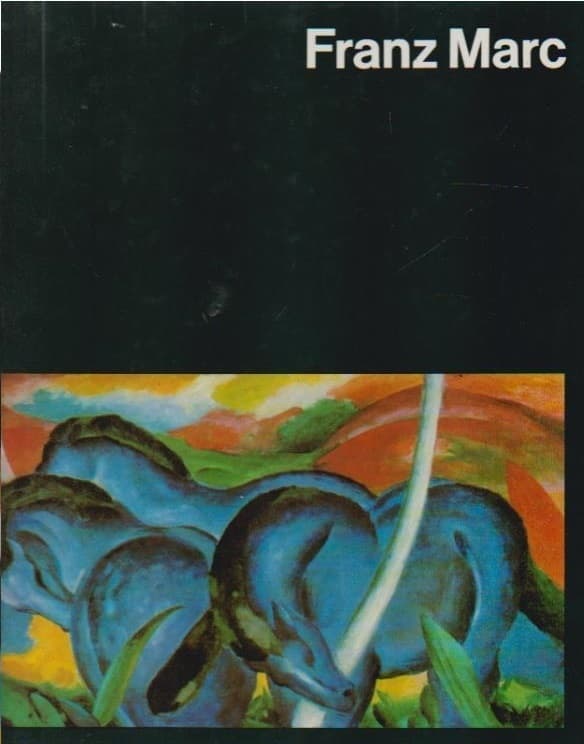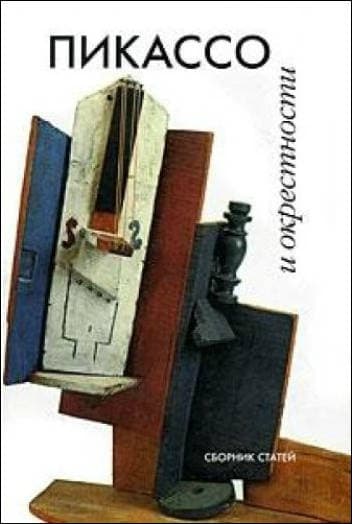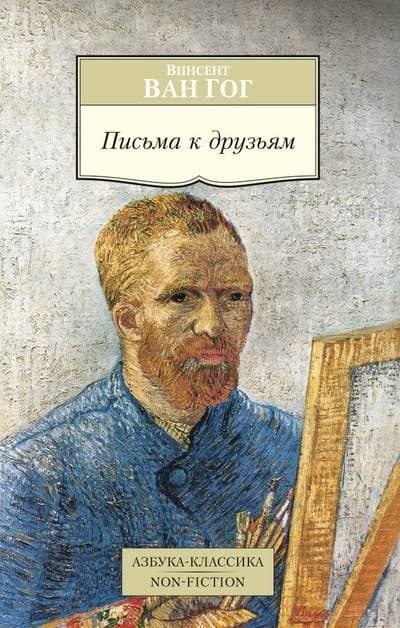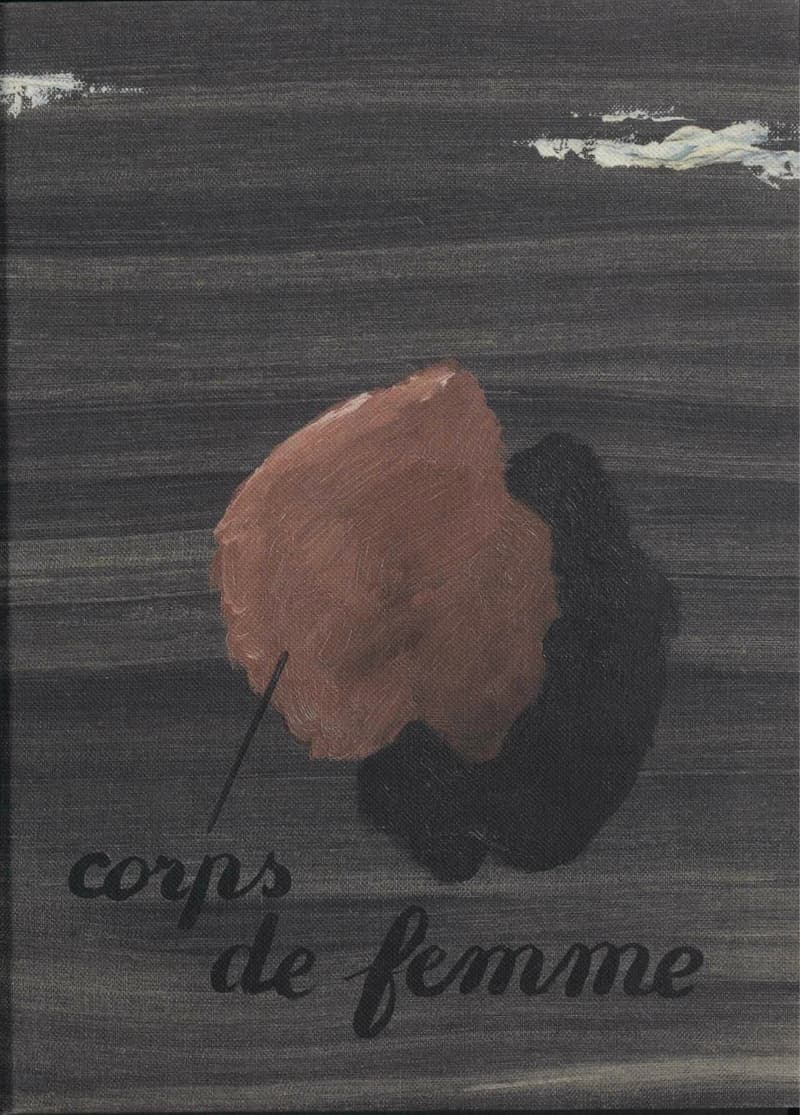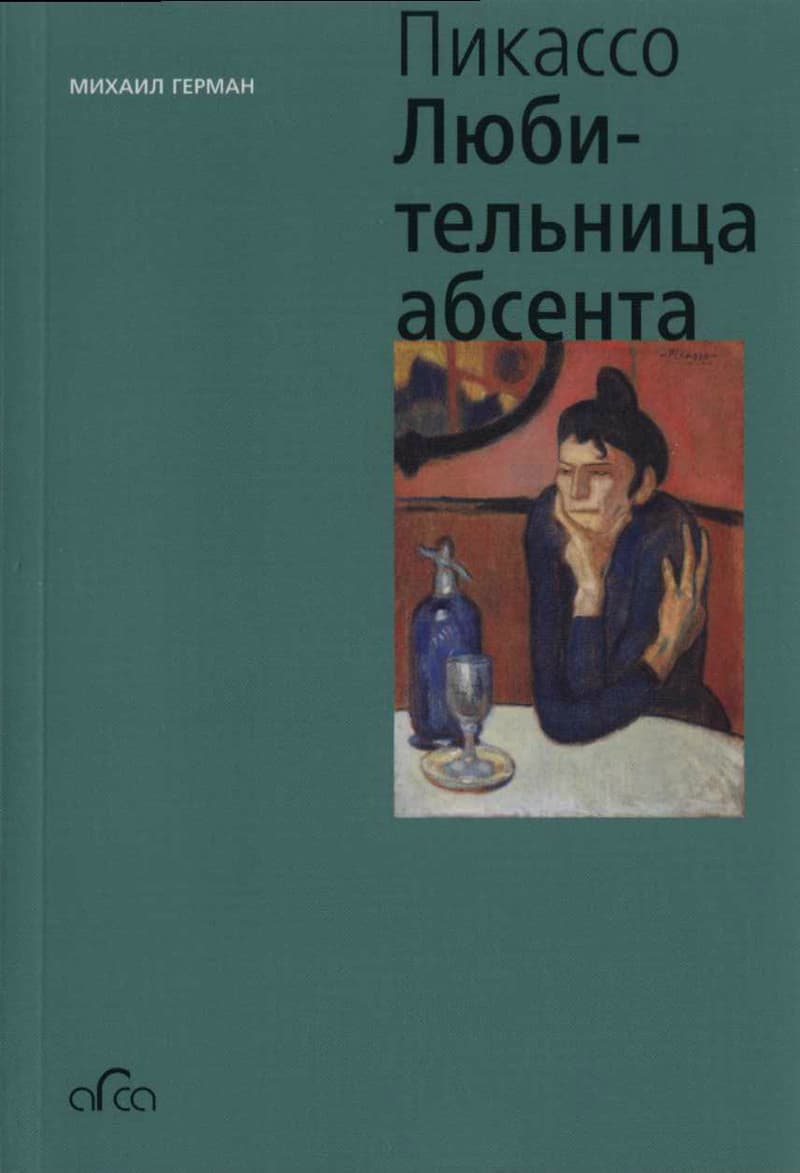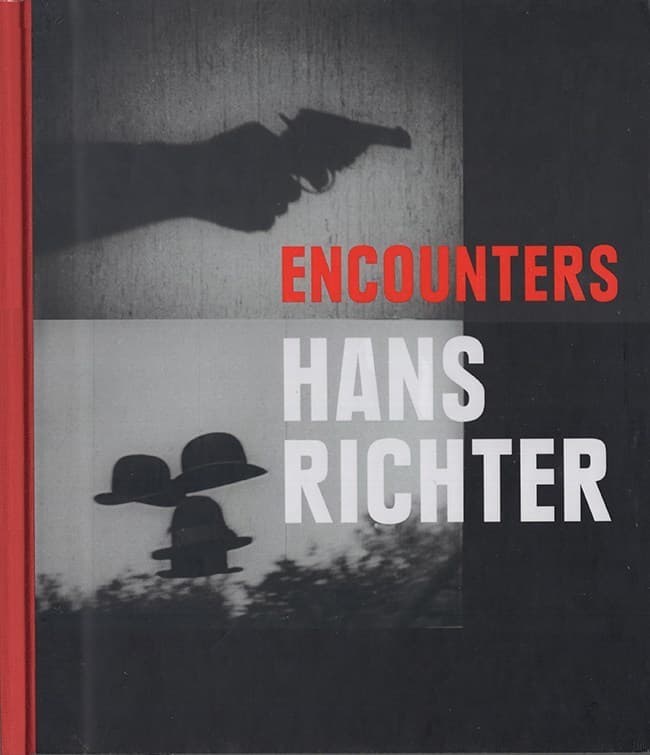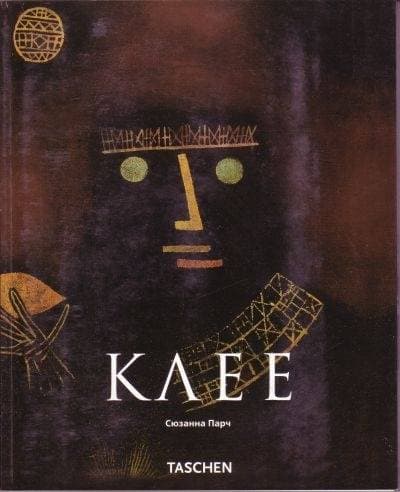Henri Matisse: Cut‑outs. 1869–1954
Henri Matisse (1869–1954) was a fighting spirit. Despite a cancer diagnosis in 1941, increasing frailty, and the confines of a wheelchair, the indomitable Frenchman never stopped in his quest to make art. With what he called une seconde vie, a second life, he embarked on a remarkable collage period, cutting and pasting pieces of colored paper into gouaches decoupees of birds, plants, flowers, and the female form.Emphasizing color and contrast, the cut‑out technique generated both striking lines and vivid juxtapositions. In works such as Icarus (1943), The Blue Nude (1952), The Snail (1953), and The Sheaf (1953), clean forms and elemental structures power a compositional force that belies the work's decorative appeal, at once tightly organized and infectious with joie de vivre. As his work progressed, Matisse's excitement with his results fueled ever‑larger pieces, advancing from small works to vast wall‑sized murals.As his final years approached, Matisse reveled in the simplicity and brilliance of these pieces, avowing, “Only what I created after the illness constitutes my real self: free, liberated...” In this essential introductory book, we revisit this joyful final chapter of Matisse's long and prodigious career, examining how the cut‑outs encapsulated the artist's many years exploring the possibilities of composition, form, and color.
Данные книги
Кёльн
2016
96 страниц
9783836534277
Открытый доступ
Да
Нет
709.201 Mat
1
- Franz Marc1987
- Пикассо и окрестности: Сборник статей2006
- Brancusi New York: 1913–20132013
- Edward Hopper and the American Imagination1995
- Письма к друзьям2015
- Rene Magritte (Or: The Rule of Metaphor)2018
- Пабло Пикассо. «Любительница абсента»2019
- Hans Richter: Encounters2013
- Diego Rivera: Murals for the Museum of Modern Art2011
- Пауль Клее2007
- The Picasso Book2010
- Otto Dix — Das Graphische Werk aus der Schenkung Karsch/Nierendorf an die Berlinische Galerie2001
